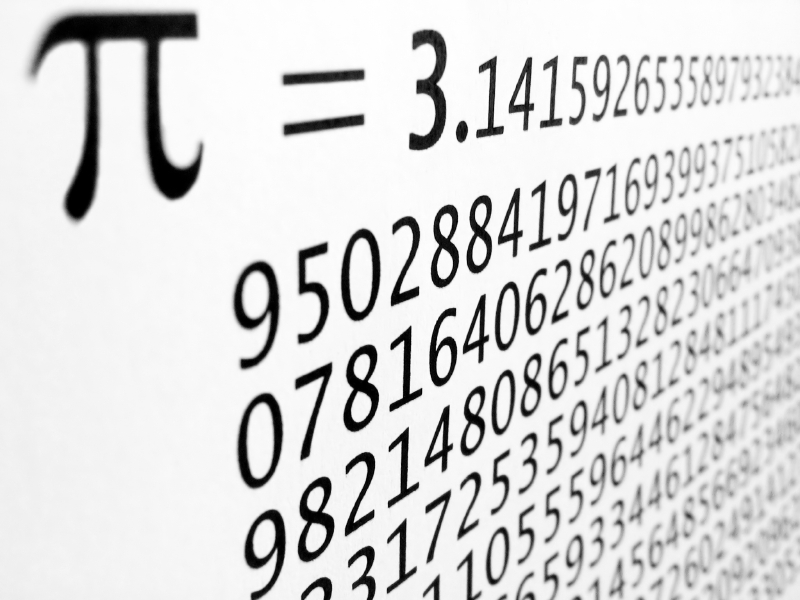
Mmmm, pie
Apple, meat, mine, raspberry or mathematical. Pie is awesome, no matter which way you slice it. Today is Pi Day – 3/14. Yes, we don’t write the date like that here in the land down under but we love the opportunity to celebrate anything maths related so bear with us.
Pi Day is a day to celebrate the mathematical constant that is 3.1415926… we could go on. No, really go on. Because Pi has no end. The never-ending number helps us calculate the ratio of a circle’s circumference to its diameter.
In the 18th century, Johann Heinrich Lambert proved that the number Pi is irrational: that is, it cannot be expressed as a fraction a/b, where a is an integer and b is a non-zero integer.
In 2015 a guy named Suresh Kumar Sharma recited Pi to 70,030 decimal places and now holds the top spot in the Pi World Ranking List. So much for thinking we’d struck upon genius a few years ago when one of our Newcastle scientists managed to get to 241 decimal places before slipping up. She was eating a pie at the time, so we blamed it. Suresh took 17 hours to recite the numbers of Pi. To do it, he associated every number with an image. Now he helps coach others in their memory skills.
You’ve probably got memories of Pi and the efforts you went to trying to remember equations like πr2 and 2πr for your maths exams. Stupid circles, you uttered. Well, today’s the day to replace those haunted memories with celebration. Because what would we do without Pi? Probably spend most of our time going in circles, because we wouldn’t know when they finish.
A slice of history Pi
An Egyptian scribe named Ahmes was one of the first to record the value of Pi in around 1650 B.C. On the famous Rhind Papyrus, a collection of math problems, Ahmes wrote, “Cut off 1/9 of a diameter and construct a square upon the remainder; this has the same area as the circle.” According to his calculation, Pi equalled 3.16. That’s just about 1 per cent off the modern 3.14 number and closer than what the Chinese were using hundreds of years later: Pi = 3.
Over time, global math gurus have made Pi more accurate. In 480, the Chinese brought Pi to six digits. And then in 1400, Indian scholars helped push it to 11 digits. Thanks to computers, we’re up to 9 trillion digits today.

There is an infinite number decimal places of Pi but do we really need that many?
Humble Pi
But are all these extra digits actually useful? To get an atom-precise measurement of the universe, you would only need around 40. So computing trillions of digits of pi is mostly about showing off computer power.
Pi is an essential equation for almost every branch of science at our work; from astronomy and energy to health and computer science. Because circles are naturally occurring in nature, and are often used in other mathematical equations, Pi is all around us and is constantly being used.
So now go and take your new-found appreciation for Pi and eat some of the delicious kind.
Get our digits
From smartphone apps and robotics, to wearable technology and next gen wireless, we're providing innovative information technology solutions that are helping to secure Australia's digital future.


16th March 2018 at 4:17 pm
We actually get two bites of the pi. There is 3/14 for the US-centric and there is also the approximation 22/7 which is in the conventional Australian date format.
Pingback: An irrational celebration of Pi Day | Richard Howell Blog